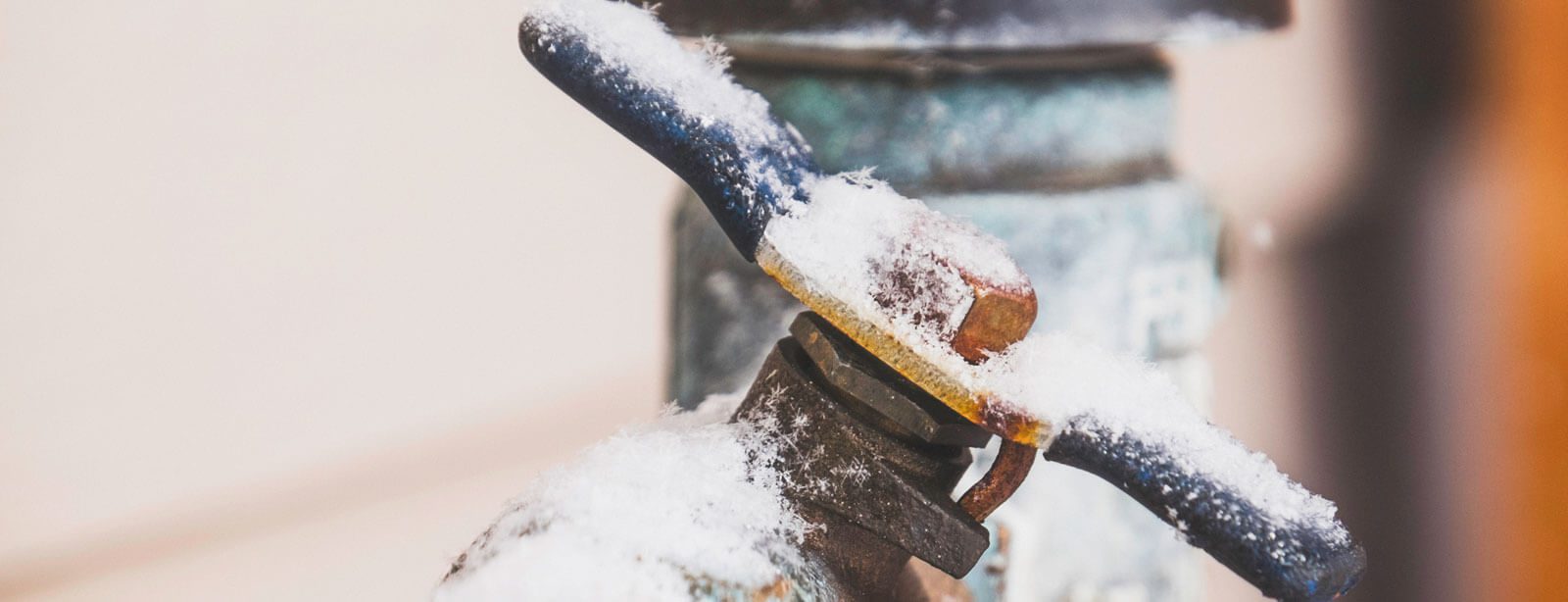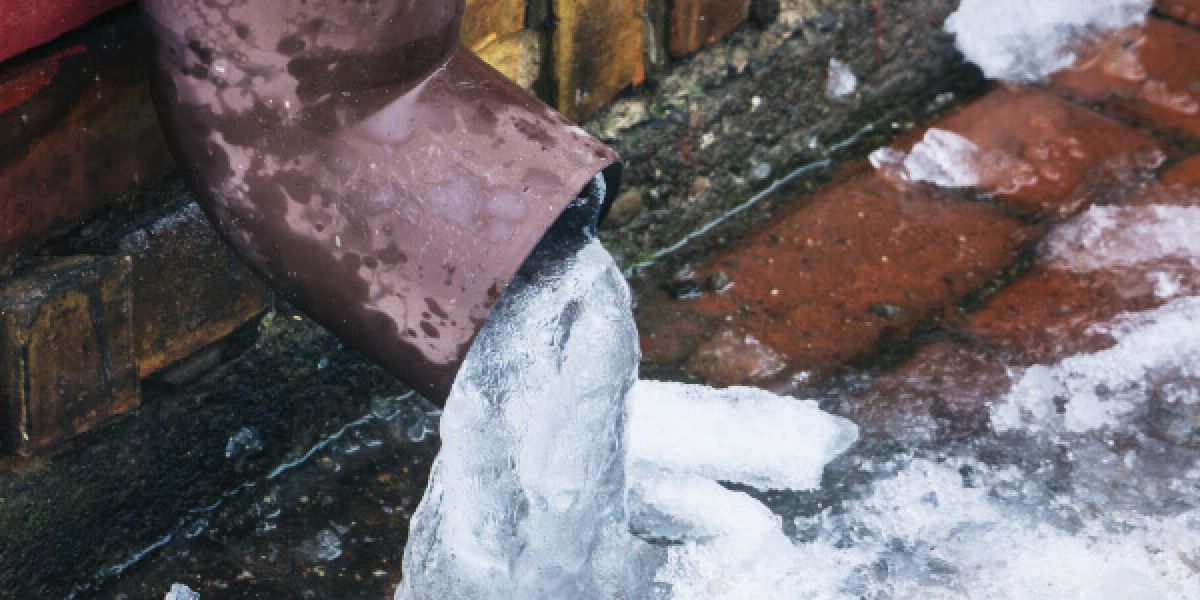Essential Tips to Protect Against Frozen Plumbing in Winter
Essential Tips to Protect Against Frozen Plumbing in Winter
Blog Article
This great article listed below relating to Prevent Frozen Pipes is immensely captivating. Don't skip it.

Cold weather can damage your plumbing, particularly by freezing pipes. Right here's exactly how to prevent it from occurring and what to do if it does.
Introduction
As temperatures decline, the danger of icy pipelines increases, potentially bring about costly repair services and water damage. Understanding just how to stop icy pipes is important for property owners in cool environments.
Avoidance Tips
Insulating prone pipelines
Cover pipelines in insulation sleeves or utilize warm tape to protect them from freezing temperatures. Focus on pipes in unheated or external locations of the home.
Heating strategies
Maintain indoor rooms effectively heated up, specifically areas with pipes. Open up closet doors to allow warm air to circulate around pipes under sinks.
How to identify frozen pipes
Try to find lowered water circulation from taps, unusual odors or noises from pipes, and visible frost on exposed pipelines.
Long-Term Solutions
Structural changes
Consider rerouting pipelines away from outside wall surfaces or unheated locations. Add added insulation to attics, basements, and crawl spaces.
Upgrading insulation
Purchase high-quality insulation for pipes, attic rooms, and walls. Appropriate insulation helps preserve regular temperature levels and lowers the risk of frozen pipes.
Shielding Exterior Plumbing
Garden hoses and outside taps
Detach and drain pipes garden pipes prior to winter. Set up frost-proof spigots or cover exterior taps with shielded caps.
Comprehending Frozen Pipelines
What causes pipelines to freeze?
Pipes freeze when exposed to temperatures below 32 ° F (0 ° C) for prolonged periods. As water inside the pipelines freezes, it expands, taxing the pipeline walls and possibly triggering them to rupture.
Risks and damages
Icy pipelines can cause water supply disturbances, property damages, and pricey repair work. Ruptured pipes can flooding homes and trigger comprehensive architectural damage.
Signs of Frozen Pipeline
Recognizing frozen pipes early can avoid them from bursting.
What to Do If Your Pipes Freeze
Immediate actions to take
If you presume frozen pipes, keep taps available to soothe stress as the ice thaws. Make use of a hairdryer or towels soaked in hot water to thaw pipelines slowly.
Verdict
Avoiding frozen pipelines calls for proactive steps and fast feedbacks. By understanding the causes, signs, and preventive measures, house owners can protect their plumbing during cold weather.
6 Proven Ways to Prevent Frozen Pipes and Protect Your Home
Disconnect and Drain Garden Hoses
Before winter arrives, start by disconnecting your garden hoses and draining any remaining water. Close the shut-off valves that supply outdoor hose bibs and leave the outdoor faucet open to allow any residual water to drain. For extra protection, consider using faucet covers throughout the colder months. It’s also important to drain water from any sprinkler supply lines following the manufacturer’s directions.
Insulate Exposed Pipes
Insulating your pipes is an effective way to prevent freezing. Pipe insulation is readily available at home improvement stores and is relatively inexpensive. Pay close attention to pipes in unheated areas such as the attic, basement, crawl spaces, or garage. Apply foam insulation generously to create a buffer against the cold. You can also wrap your pipes in heat tape or thermostat-controlled heat cables for added warmth.
Seal Air Leaks
Inspect your home for any cracks or openings that could let in cold air. Seal any holes around the piping in interior or exterior walls, as well as the sill plates where your home rests on its foundation. Additionally, make sure to keep your garage door closed unless you’re entering or exiting. Leaving it open creates a significant air leak that can lead to frozen pipes.
Allow Warm Air Circulation
During cold snaps, it’s essential to allow warm air to circulate evenly throughout your home. Leave interior doors ajar to promote better airflow. Open kitchen and bathroom cabinets to help distribute heat consistently around the rooms. If you have small children or pets, be sure to remove any household chemicals or potentially harmful cleaners from open cabinets for safety.
Let Faucets Drip
A small trickle of water can make a big difference in preventing ice formation inside your pipes. When temperatures drop significantly, start a drip of water from all faucets served by exposed pipes. This continuous flow helps prevent the water from freezing. Additionally, running a few faucets slightly can relieve pressure inside the pipes, reducing the chances of a rupture if the water inside does freeze.
https://choateshvac.com/6-proven-ways-to-prevent-frozen-pipes-and-protect-your-home/

Do you appreciate reading about How to prepare your home plumbing for winter weather? Leave a remark directly below. We'd be delighted to know your thinking about this post. In hopes to see you back again in the near future. Do you know about another person who is interested in the niche? Please feel free to promote it. Many thanks for being here. Please visit our site back soon.
Get A Free Estimate Report this page